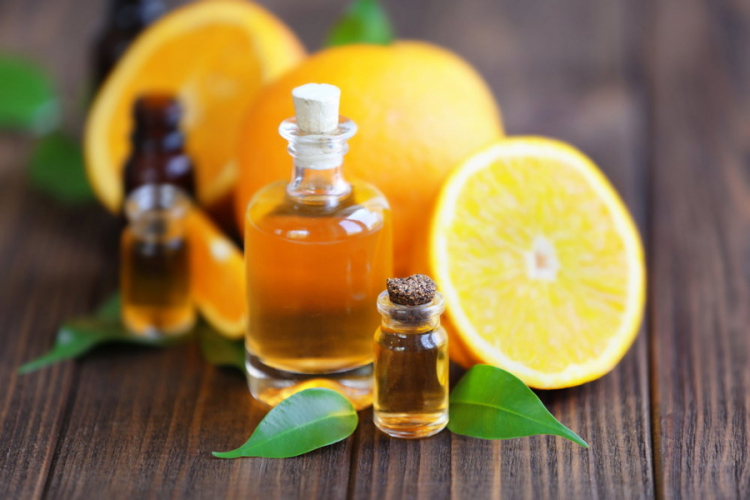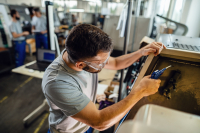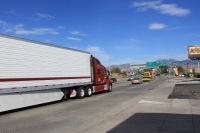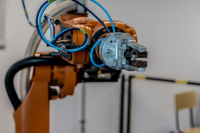Physical and Chemical Changes in Plants
Plants grow chemically and physically. Photosynthesis and respiration turn light, water, and co2 into oxygen and glucose for plant energy. The starting components' composition changes throughout this chemical transformation. 6CO2 + 6H2O C6H12O6 + 6O2 describe photosynthesis' chemical transformation. a reference substance can help you learn more. Transpiration is physical. Water flows from the earth to the plant's roots and leaves, where it evaporates. What differentiates this from a chemical change? The water's composition must change for a chemical change—only the water's shape changes during transpiration. As a liquid, it becomes a gas. Water chemistry hasn't changed.
Photosynthesis: An Overview
Photosynthesis is carried out in the leaves. The leaves include chloroplasts, which are specialized cell structures. Within the chloroplasts, a chemical reaction occurs that results in the production of glucose and oxygen from carbon dioxide, water, and the energy from light. Light-dependent chemical reactions and light-independent chemical reactions are the chemical reactions that occur during photosynthesis.
Photosystem Light Reactions
There are two types of photosystem reactions, photosystem I and photosystem II. The reactions happen inside some small structures that happen to be within the chloroplast. In photosystem II, light energy is absorbed in the chloroplast, and the chloroplast splits the water into hydrogen, oxygen, and electron molecules. The electron molecules move along the membrane and pump hydrogen ions across. The movement of the electrons is known as the electron transport chain. However, the oxygen produced comes out as a waste product and goes through the stomata into the atmosphere. In photosystem I reaction, the electrons move through the electron transport chains, losing energy as they move. It is re-energized in the chloroplast by light.
Respiration for Plant Growth
Even though photosynthesis is one of the essential chemical processes for plant growth, respiration is also crucial. Respiration is the reverse of photosynthesis. ATP and enzymes break down glucose molecules during respiration to generate energy. Plants are unique at recycling. During respiration's chemical reactions, ATP is converted back into ADP and a phosphate. This chemical is utilized in photosynthesis once more. In the end, both plants and animals require energy to operate, and energy is produced through the chemical reactions discussed above. a botanical reference can help you learn more about plants in general.















